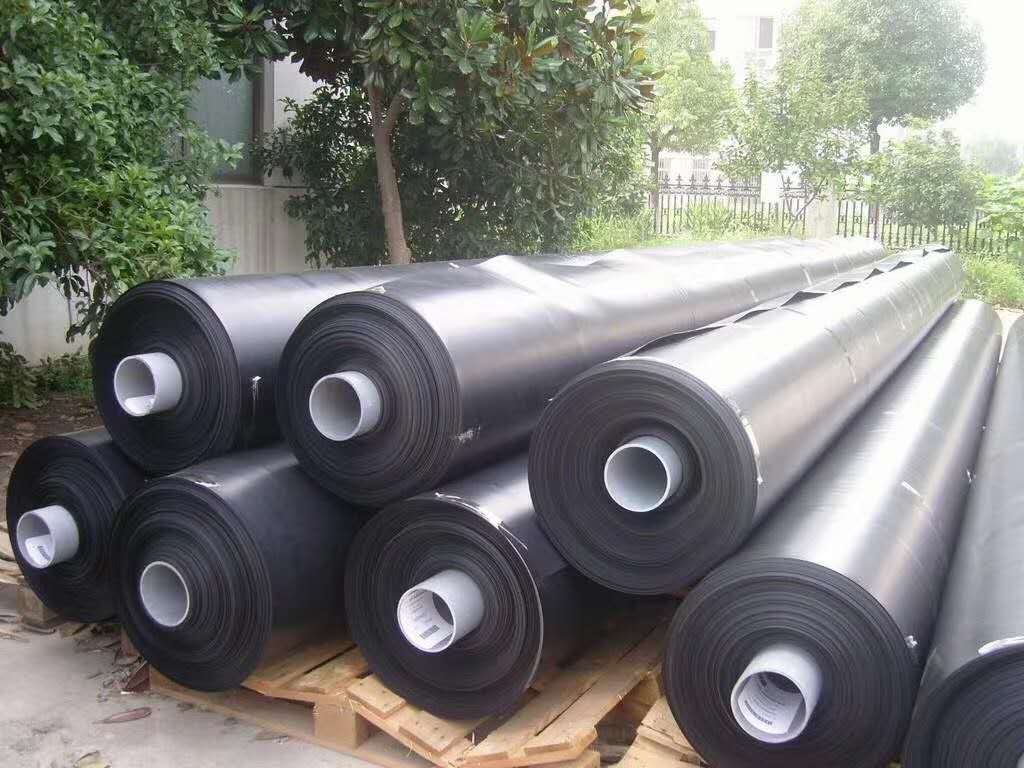1. American standard geomembrane has beautiful colors, flat surface, and new material processing;
2. The executive standard of American Standard Geomembrane is ASTM-GRI GM13.
3. American standard geomembrane specifications are 4-8 meters wide, 0.3-2.5mm thick, roll length 50-100 meters, and woven fabric packaging.
American standard geomembrane technical index requirements (1.5mm example)
Nowadays, more and more HDPE anti-seepage membranes are used in environmental protection projects, ranging from national municipal projects to small farmers’ individual fish ponds. The advantages are numerous:
1. Water storage: HDPE geomembrane has good water storage performance due to its extremely low permeability coefficient, prevents water in the fish pond from seeping into the soil, effectively monitors the water level, and saves related water retention costs.
2. Water quality stability: The use of HDPE geomembrane can better maintain the balance of water quality, reduce changes in water conditions, and reduce the cost and time of water quality control.
3. Oxygen content: The use of HDPE geomembrane can reduce the loss of oxygen caused by infiltration into the soil, facilitate monitoring of the oxygen content in the water, and reduce the cost of supplementing oxygen in the fish pond.
4. Reduce maintenance costs: Using HDPE geomembrane can inhibit the growth of algae in the water and is easy to clean. Since the geomembrane itself contains anti-ultraviolet additives, the geomembrane is not afraid of the sun and is easy to maintain. The use of geomembrane can provide more convenient monitoring and a safer environment. Since the maintenance cost and time are very low, fishing can be carried out more conveniently and quickly.
5. System stability: Compared with digging a pond directly, the use of HDPE geomembrane can make the slope more stable. It is beneficial to eliminate the threats to fish ponds caused by natural conditions such as wind, rain, waves, and maintain the stability of the system during design, and prevent the loss of cultured crops in fish ponds due to environmental damage. In addition, the use of HDPE geomembrane can make the pond have a steeper slope and deeper depth, which is equivalent to a disguised increase in production. The stability of the system, of course, also reduces the maintenance of fish ponds and the cost of earthwork.
